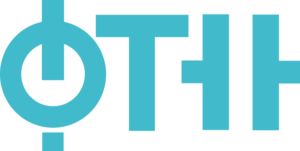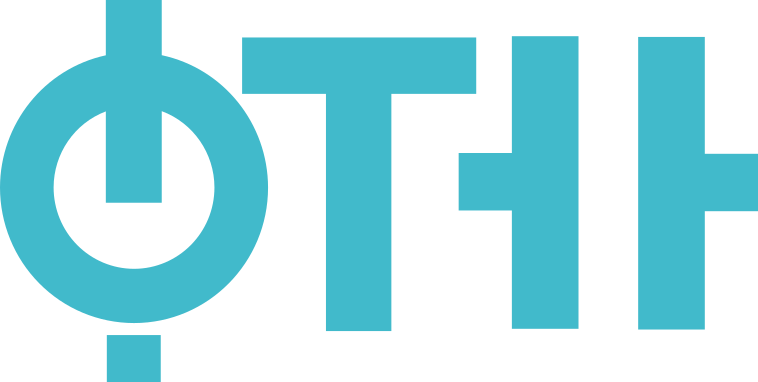Subject: Telecommunication networks and traffic (17.S1437P )
Native organizations units: Department of Power, Electronic and Telecommunication Engineering
Study programmes of the course:
| Type of studies | Title |
|---|---|
| Undergraduate Academic Studies | Postal Traffic and Telecommunications (Year: 4, Semester: Winter) |
| Category | Scientific-professional |
| Scientific or art field | Telecommunications and Signal Processing |
| ECTS | 6 |
The aim of the course is to: • Repeat previously learned information about knowledge of telecommunications networks and traffic • Detailed and detailed explanations of basic components, architecture, signaling and types of services in circuit switching telecommunication networks • Explain in details the different packet switching technologies and working principles in a packet switched network • Explain students, through the work with the network simulator, the key technologies, organization and work principle in IP networks • Analyze the advantages and disadvantages between networks with circuit switching and packet switched networks • Practically demonstrate certain mechanisms for efficient traffic engineering.
Students will be able to: • Explain basic working principles in circuit switched networks • Describe architecture, different types of signaling and explain the operation principles of digital telephone exchange • Describe in detail, the role and nature of connecting roads and transmission systems as basic components of the transport network • Independently design the traffic bundles and traffic engineering • Use an IP network simulator, adjust network parameters and monitor traffic in the network • Locate and resolve problems in networks based on Internet protocols • Discover attacks and apply adequate protection mechanism
• Fundamentals of telecommunication traffic • Calculation of transmission network lines • Switching circuits • Asynchronous transfer mode (ATM) • Signalization in public switching telephone network - Physical and software structure of switching system • Networks signalization SS7 in networks with switching circuits • Fundamentals and architecture of narrow-band and broadband ISDN network • The term computer network. ISO OSI model • TCP/IP protocol stack • Physical and logical network topology • Addressing the Internet - IPv4 and IPv6 • Transport layer - protocols for transporting the package (TCP and UDP protocol) • Firewall technology. • Application layer protocols (DNS, HTTP, e-mail, DHCP, FTP) • Providing redundancy to the L2 and L3 layer • Virtual networks on L2 and L3 layer - VLAN, VPN.
• Lectures - based on a student-centered method of education • Auditory practice - based on appliance Teaching Through Debate method • Consultations based on a active learning method.
| Authors | Title | Year | Publisher | Language |
|---|
| Course activity | Pre-examination | Obligations | Number of points |
|---|---|---|---|
| Test | Yes | Yes | 10.00 |
| Test | Yes | Yes | 10.00 |
| Theoretical part of the exam | No | Yes | 70.00 |
| Test | Yes | Yes | 10.00 |
Assoc. Prof. Škorić Tamara
Associate Professor
Lectures

Assistant - Master Šobot Srđan
Assistant - Master
Practical classes

Assistant - Master Devaja Tijana
Assistant - Master
Practical classes
Faculty of Technical Sciences

© 2024. Faculty of Technical Sciences.
Contact:
Address: Trg Dositeja Obradovića 6, 21102 Novi Sad
© 2024. Faculty of Technical Sciences.



